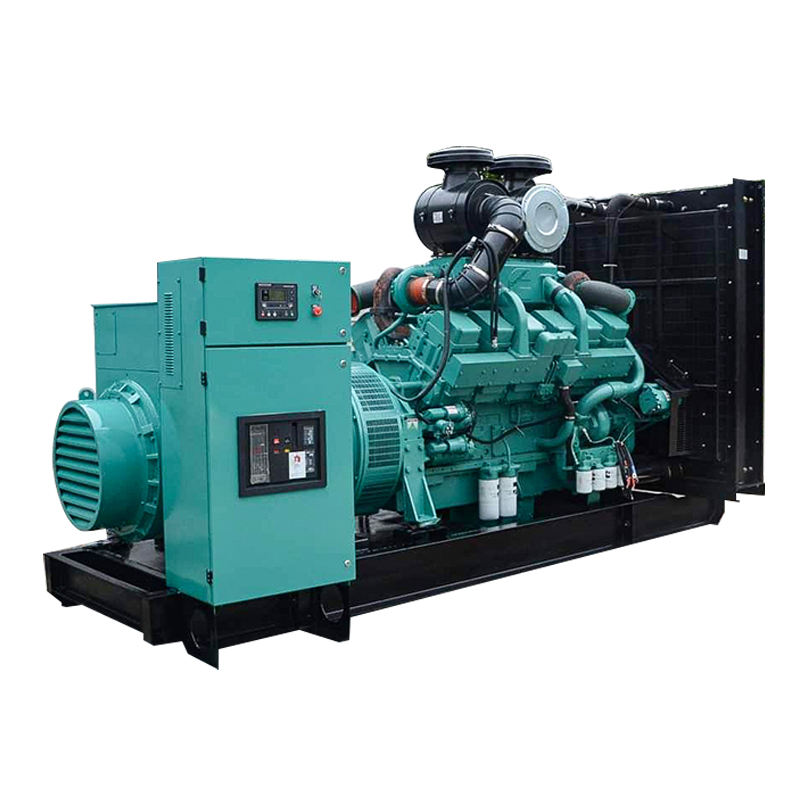The Interconnected World of Generator Control Systems
In today's interconnected world, generator control systems are no exception. As the Internet of Things (IoT) expands its reach, these systems are increasingly becoming connected, making them vulnerable to cyber threats. To be honest, these threats can have devastating consequences, ranging from operational disruptions to financial losses.
Understanding the Risks and Threats
So, what are the risks and threats associated with connected generator control systems? For starters, they can be targeted by malicious actors looking to exploit vulnerabilities. These cybercriminals can gain unauthorized access, disrupt operations, or even cause physical damage. Interestingly enough, the threat landscape is constantly evolving, making it essential to stay informed and take proactive measures.
The Importance of Cybersecurity for Generator Control Systems
Why does this matter? Well, the consequences of a successful cyberattack on a generator control system can be catastrophic. It can lead to power outages, equipment damage, and even safety hazards. As it turns out, ensuring the cybersecurity of these systems is not just about protecting assets but also about safeguarding public safety.
Best Practices for Securing Generator Control Systems
So, how can you secure your generator control systems? Here are some best practices:
How to Ensure Cybersecurity for Your Generator Control Systems
Now that you understand the importance of cybersecurity for connected generator control systems and some best practices, let's delve into how you can ensure the security of your systems.
Step 1: Conduct a Comprehensive Risk Assessment
The first step is to conduct a thorough risk assessment. This involves identifying the assets you need to protect, the potential threats, and the vulnerabilities that could be exploited. Many experts agree that this is the foundation of any effective cybersecurity strategy.
Step 2: Implement Robust Access Controls
Once you've identified the risks, the next step is to implement strong access controls. This includes using strong passwords, multi-factor authentication, and role-based access control. Remember, the goal is to ensure that only authorized personnel have access to your systems.
Step 3: Regularly Update Software and Firmware
Another crucial step is to keep your software and firmware up-to-date. This is because manufacturers regularly release patches to fix known vulnerabilities. By keeping your systems updated, you can significantly reduce the risk of a successful cyberattack.
Step 4: Monitor and Respond to Incidents
Lastly, it's essential to continuously monitor your systems for any signs of intrusion. This includes setting up alerts for unusual activity, regularly reviewing logs, and implementing an incident response plan. In the event of a cyber incident, you should be able to respond quickly and effectively to minimize the impact.
In Conclusion
In conclusion, cybersecurity for connected generator control systems is not just an option; it's a necessity. By understanding the risks, implementing best practices, and taking proactive measures, you can protect your systems and ensure the reliability and safety of your operations. So, what are you waiting for? Start securing your generator control systems today!





